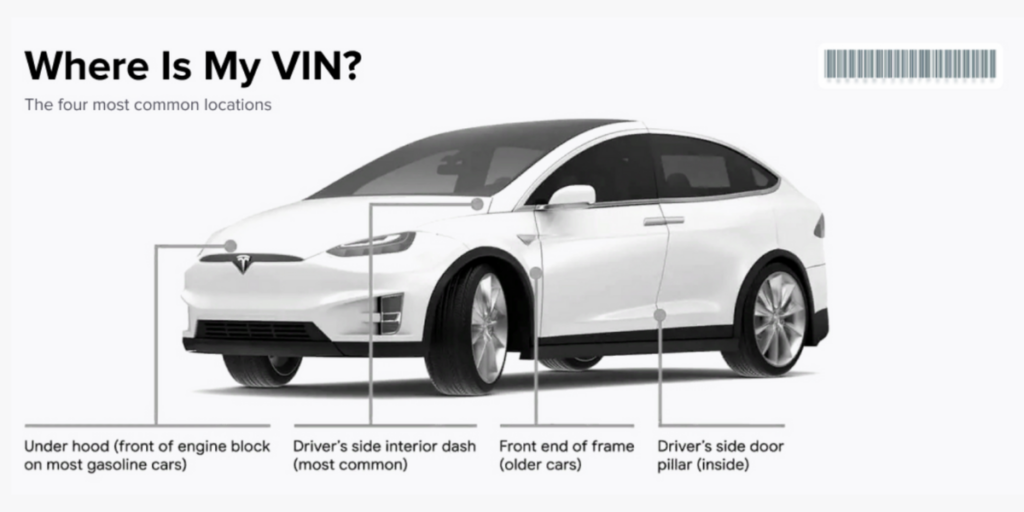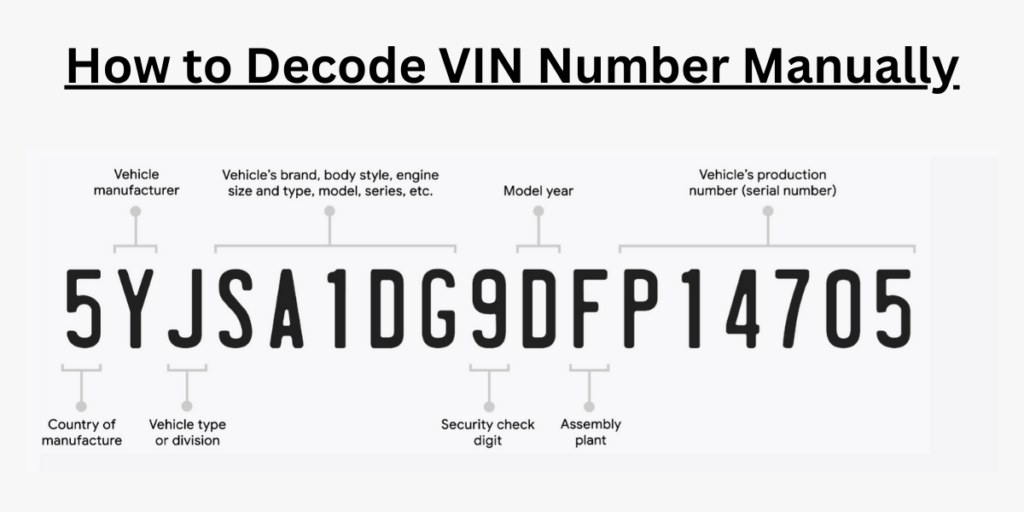Jayco VIN Decoder and Lookup
Our VIN decoder allows you to decipher the meaning behind the 17-character alphanumeric code that uniquely identifies a vehicle.
In this blog post, we’ll explore the world of VIN and how they can empower you as a car owner. We’ll dive into the structure of a VIN, the specific details it can reveal, and how to access and interpret this valuable data. Get ready to unlock the secrets hidden within your vehicle’s unique identifier!
Jayco VIN Decoder

The VIN entered is invalid. Please check and try again.
How to Use VIN Decoder
Our VIN decoder needs your cars 17-character VIN as input and uses a lookup table or algorithm to translate each character or group of characters into their corresponding meanings. The decoder breaks down the VIN into its various sections and provides the decoded information.
Steps to Follow
- Get you VIN Number From your Jayco
- If you don’t know where to find the VIN Number of your car then, please look into the next section
- After Finding your car’s VIN no enter it in our VIN Decoder
- And after entering it hit the press button
After Pressing the button our vin decoder will display the information about your Jayco such as:
- Country of origin
- Manufacturer
- Vehicle type (car, truck, etc.)
- Body style (sedan, coupe, etc.)
- Engine type and specifications
- Model year
- Assembly plant
- Sequential production number and More.
By decoding the VIN, you can quickly access detailed information about a vehicle’s specifications, which can be useful for various purposes, such as purchasing a used car, ordering replacement parts, or verifying a vehicle’s authenticity and history.
How to Find the VIN Number
Here are the key points on how to find the Vehicle Identification Number (VIN) on a car:

- Check the dashboard – The VIN is often printed on the driver’s side dashboard near the windshield.
- Look on the driver’s side door jamb – Open the driver’s door and inspect the area where the door latches for a sticker or stamped VIN.
- Check under the spare tire – Lift up the spare tire in the trunk and the VIN may be printed on the spare tire well.
- Inspect the front of the vehicle – The VIN can sometimes be found on the front of the car frame near the windshield washer fluid reservoir.
- Look on vehicle documents – The VIN is printed on the vehicle’s title, registration, insurance documents, and owner’s manual.
The VIN is typically 17 characters long, consisting of numbers and capital letters, with no spaces or periods. For example: 1HGBM22JXMN109186 On newer vehicles, the VIN may also be stamped on other locations like the engine block or rear wheel well for anti-theft purposes. If you cannot locate the VIN on the vehicle itself, you can find it on the paperwork that came with the vehicle purchase.
The VIN is a crucial identifier for your vehicle, used for registration, insurance, purchasing parts, tracking recalls, and more. Knowing where to locate it on your specific vehicle is important for accessing key information.
How to Decode VIN Number Manually
Here are the steps to manually decode a Vehicle Identification Number (VIN):

- Write down the 17-character VIN
Find the VIN on your vehicle, which is usually located on the driver’s side dashboard near the windshield, door jamb sticker, or stamped on the engine block. Write it down separating the characters into sections. - Analyze the VIN sections
The VIN is divided into several sections that provide specific information:
- Characters 1-3: World Manufacturer Identifier (WMI)
- 1st digit indicates country of origin
- 2nd and 3rd digits indicate manufacturer
- Characters 4-8: Vehicle Descriptor Section
- Provides details on the vehicle type, body style, engine, etc. (varies by manufacturer)
- Character 9: Check Digit (used for verification)
- Character 10: Model Year
- E.g. N = 1992, W = 1998, 1 = 2001
- Character 11: Plant Code (indicates assembly plant)
- Characters 12-17: Sequential Production Number
- Refer to VIN decoding guides
Since vehicle details are manufacturer-specific, you’ll need to consult guides that map the WMI, vehicle descriptor, and plant codes. Many manufacturers provide these guides online. - Decode each section
Using the coding guides, decode the details represented by each character or group of characters in the VIN.
For example, if the first 3 characters are 1G6, that indicates a Chevrolet (1G) made in the USA (1). The 4th character may indicate body style like D=Sedan.
- Validate the VIN
Some sources provide a mathematical formula to validate the 9th check digit against the other characters, ensuring it’s a legitimate VIN.
By decoding each section manually and using manufacturer guides, you can extract all the encoded details about the vehicle’s origin, attributes, and production sequence from the VIN.
In the Last
In conclusion, the Vehicle Identification Number (VIN) is a powerful tool that provides a wealth of information about your vehicle. By understanding how to locate and decode your car’s VIN, you can access crucial details about its origin, specifications, and history.
So, the next time you encounter your vehicle’s unique identifier, take a moment to appreciate the wealth of information it contains. By unlocking the secrets of your VIN, you’ll gain a deeper understanding of your car’s identity and be better equipped to keep it running smoothly for years to come.
FAQ’s
While a VIN itself does not contain maintenance records, it can often be used to retrieve a vehicle’s service history from dealerships or repair shops that have previously worked on the car. Many service providers keep detailed records tied to a vehicle’s VIN. However, this data is not typically available in commercial VIN decoding solutions.
No, a VIN does not include any personal details about a vehicle’s current or previous owners, such as name, address, or insurance information. The VIN is tied to the vehicle itself and contains information about its specifications and manufacturing details. Owner details are linked to the VIN in separate databases, such as those maintained by state DMVs.
A VIN on its own does not contain any information about a vehicle’s accident history. But, the VIN can be used to obtain a vehicle history report from providers like Carfax or AutoCheck. These reports compile data from insurance companies, police reports, and repair shops to provide details about a vehicle’s past accidents, damage, and repairs.
A VIN check is a key part of the due diligence process when buying a used car, but it works best in combination with other research and common-sense steps to ensure you’re making a wise purchase.
